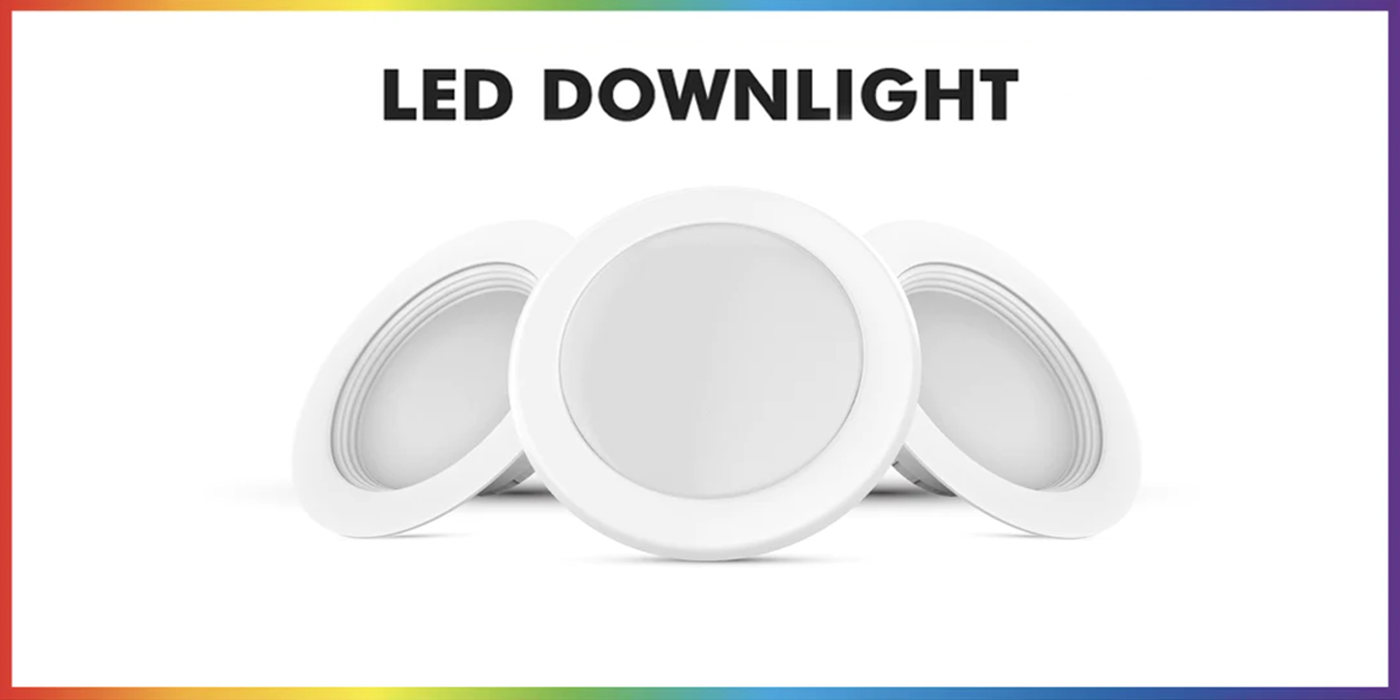LED Lighting
LED Lights are the Source of Bright Today and Tomorrow
The most recent innovation in the lighting sector is LED lighting. By lowering the cost of electricity and overall energy use, the energy efficiency and long lifespan of LED technology hold the potential to change how businesses light up their facilities.
What is LED lighting?
Light-emitting diode is what it stands for. An LED is a semiconductor device that produces light using the electro-luminescence process. Visible light is produced when a semiconductor material is exposed to an electric current. As a result, a photovoltaic cell—the type of cell used in solar panels to turn visible light into electricity—stands in stark contrast to an LED.
Advantages of LED Lighting
For industrial and commercial companies looking to cut expenses and energy usage, LED lighting has a lot to offer. Here are a few benefits of LED lighting:
Long Lifespan
The lifespan of an LED light is far longer than that of the typical incandescent bulb. An incandescent light bulb typically lasts a thousand hours. A typical LED light has a 50,000-hour lifespan. Its lifespan could reach 100,000 hours, depending on how you use it. This indicates that you can use an LED light for somewhere between six and twelve years before replacing it. This outlasts an incandescent light by 40 times. An LED light will last at least two to four times longer than fluorescent, metal halide, or sodium vapour lights, regardless of the type you’re using. Savings therefore include both replacement and maintenance expenditures for your company’s lighting bill.
Energy Efficiency
Energy-efficient functioning is another of the top benefits of LED lighting. Useful lumens, which evaluate the amount of light a device outputs for every watt it consumes, are a common way to assess a lighting source’s energy efficiency. In the past, we measured light in terms of lumens, but in actuality, some of these lumens are wasted. Compared to other lighting technologies, LED lighting generates more useable lumens and less waste light.
Your overall energy efficiency might increase by as much as 60% to 70% if you switched to LEDs for all the lights in your workplace, school, or other institution. Depending on the type of lighting you replace and the type of LED lights you use, the improvement could reach 90% in some instances.
Saving money is directly tied to these increases in energy efficiency. Your energy usage will drastically decrease when you switch to an LED light source, making LED lighting a wise investment for any company’s bottom line!
Improved Environmental Performance
It is becoming more and more crucial for businesses to go green. Customers are demanding more ecologically friendly products, and choosing an eco-friendly light source can both help businesses use less energy and appeal to a customer base that is socially conscious.
The production process for LED lights is environmentally friendly as well. Mercury is a component of many conventional lighting sources, including fluorescent and mercury vapour lights, internally. As a result, they need special attention as they near the end of their lives. With LED lights, you are free from all of these concerns.
The Ability to Operate in Cold Conditions
The cold is not pleasant for conventional illumination sources. Lighting sources, in particular fluorescent lights, require a higher voltage to start and lose some of their brightness when the temperature drops.
However, LED lights perform around 5% better in colder temperatures. For illumination needs in freezers, meat lockers, cold storage areas, or refrigerated display cases, LED lights are a superior option. They are the ideal option for lights used in parking lots, lights used to illuminate building perimeters, and lights used for outdoor signs because of their efficiency in cold weather.
No Heat or UV Emissions
If you’ve ever attempted to replace an incandescent light bulb as soon as it stops working, you are aware of how hot they can become. More than 90% of the energy used by many conventional lighting sources, such as incandescent bulbs, is converted into heat; just 10% is used to produce light.
Nearly all of the light that LEDs produce is visible light, and they nearly never produce any heat. Because of this aspect, medical professionals are considering LEDs as a potential treatment for Seasonal Affective Disorder (SAD), a condition that affects a lot of people throughout the winter months.
Additionally, it makes LEDs perfect for illuminating artwork that would deteriorate or disintegrate over time as a result of exposure to UV radiation.
Design Flexibility
LEDs are tiny lights (about the size of a spec of pepper). They can therefore be applied in just about every situation. Keep in mind that they were designed to be indication lights for circuit boards. They form a classic bulb when you group them together. A line or series of LED lights can be made by connecting several of them, much like a string of holiday lights.
Consider the lighting solutions that are now available to you for your facility. LED lighting fixtures are often so tiny that you may use them to illuminate anything from a shop floor to a stadium used by a big league football team.
Instant Lighting and the Ability to Withstand Frequent Switching
LED lighting is the best option if you require a light that needs to turn on quickly. LED lights provide instantaneous on/off capabilities. You must be ready for a warm-up period, for instance, if you’re utilizing a metal halide lamp. Consider how a fluorescent light often takes two or three seconds to completely illuminate and flickers when you first switch it on. These are a few of the issues that installing LED lights can get around.
Traditional lighting sources also have a shorter lifespan if you turn them on and off frequently. Frequent switching has no effect on LED lights. They live longer and function more effectively as a result of it.
Due to this property, LEDs are the best choice for your company if you require a rapid light-on response following a power surge or outage. If you want your lights to turn on quickly when a worker unlocks a facility in the early morning before the sun rises, this capability is also helpful.
LEDs can be quickly cycled for flashing light displays or applications that call for sensors that often go from on to off and back again since they are unaffected by switching on and off.
Low Voltage Operation
You should be able to illuminate your facility with equipment that uses the least amount of electricity possible if your company is located in an area where floods could happen. Because they require such low voltage to operate, LEDs are ideal for this. By employing a low-voltage system in locations that can be subject to flooding, you are guarding against potentially dangerous or fatal shocks for your employees and others. A low-voltage lighting system that generates 12 volts is much safer than a line voltage system that generates 120 volts if someone unintentionally touches an electrical component while cleaning up after a flood.
They are therefore quite practical for use outside, when other lighting options might not adhere to regional requirements.
Dimming Capabilities
From around 5% to 100% of power, LEDs operate effectively. When dimmed, some lighting sources, including metal halide, operate less effectively. You may not be able to dim them at times.
For LED lights, the opposite is true. An LED light performs better when its electricity isn’t used at maximum capacity. Other advantages also follow from this characteristic. It lengthens the bulb’s lifespan and implies that you are consuming less energy, which lowers your energy expenditures.
It’s crucial to remember that when employing LEDs, conventional dimming equipment cannot be used. Hardware tailored to their technology is required.
Directionality
Light is emitted in all directions surrounding the light source using traditional lighting technologies. As a result, if you want the light to focus on a certain region, you will need to buy accessories that will channel or deflect the light in that direction.
You’ll waste energy illuminating places that don’t need illumination if you don’t use something to reflect or deflect the light, which will increase your energy bills.
However, an LED light only illuminates a 180° area, making LED lighting ideal for recessed lighting in an industrial kitchen, corridor, or bathroom. Additionally, it’s perfect for lighting artwork because it won’t harm the piece and you won’t lose any illumination power to the light source’s back.


